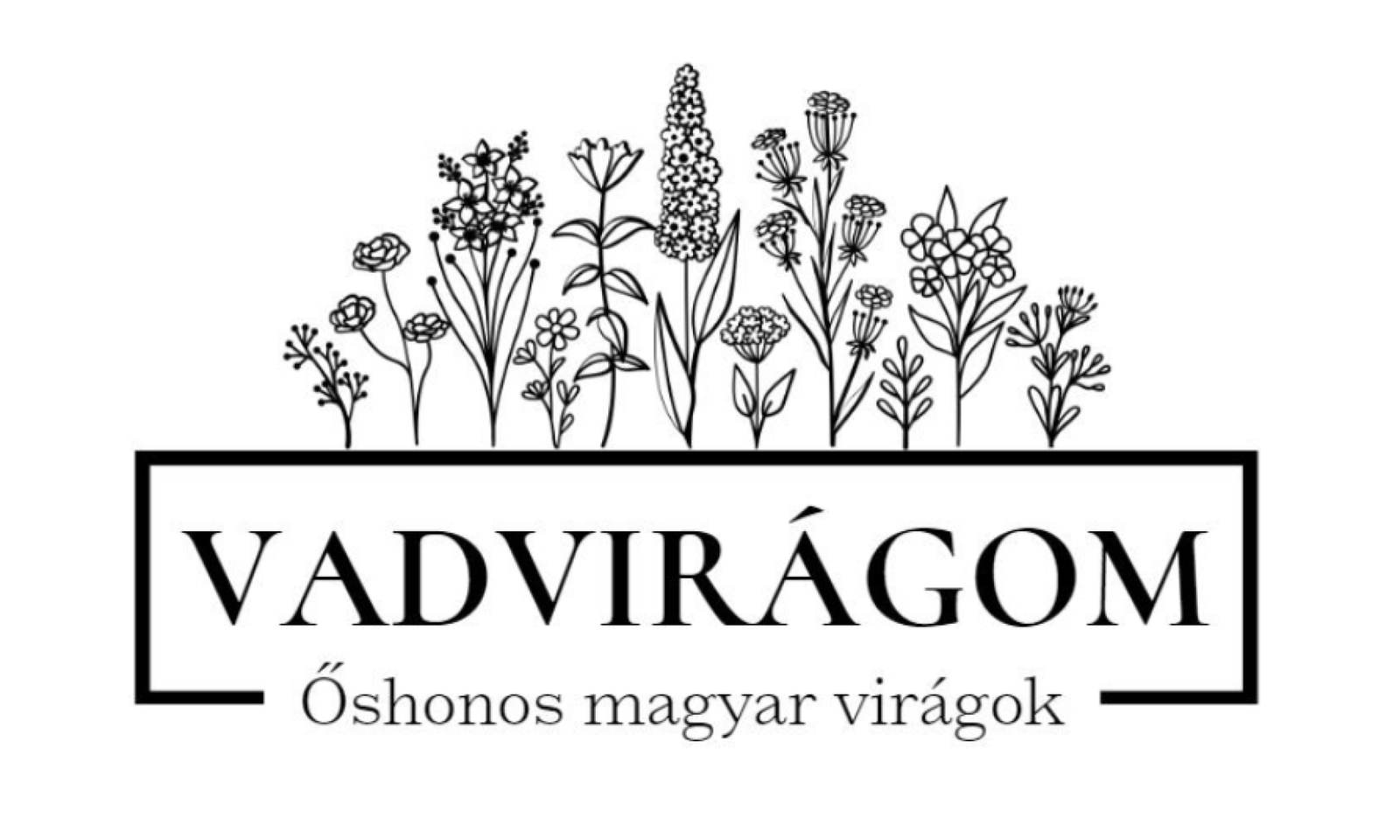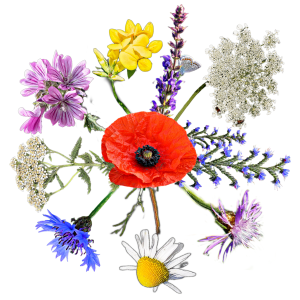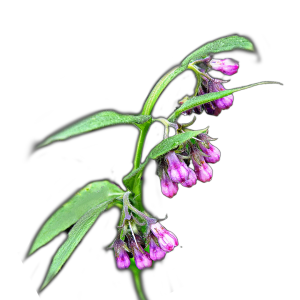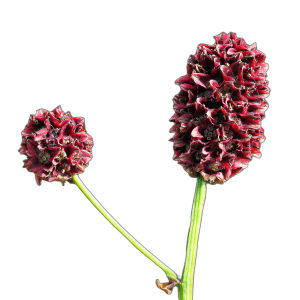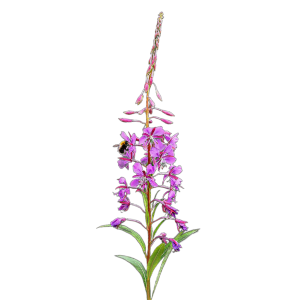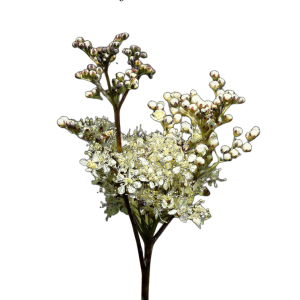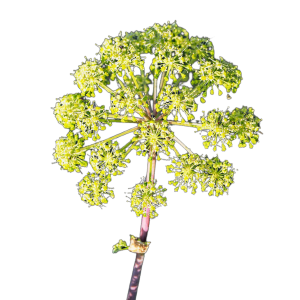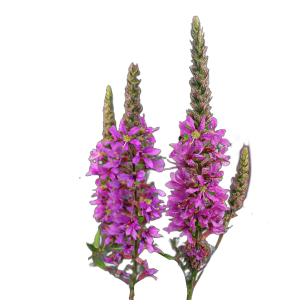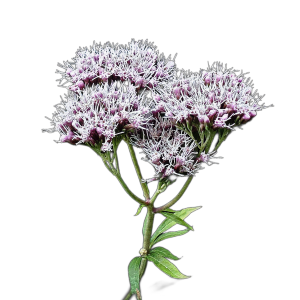“Közönséges lizinka (Lysimachia vulgaris) 0,1g, ~390 mag” a kosárba helyezve. Kosár
-
-
Select options
There are several variations of this product. The variants can be selected on the product page
- Add to wishlistAdd to wishlist
- 10 native Hungarian wildflowers, seed mix
BEE 2.0 - Bee-feeding seed mix
- 900 Ft - 13.000 Ft
- Make your garden wild with this annual herbaceous seed mix of 10 native Hungarian species and welcome beneficial pollinators to your garden! This mix is a taster into the world of bee-keepers: we have selected 10 species that are pollinator favourites and will make beautiful ornaments to your garden with their long flowering. It includes annual, biennial and perennial flowers. Features: life cycle: annual, biennial, perennial flowering time: may-october size:...
Add to wishlistAdd to wishlist -
Select options
There are several variations of this product. The variants can be selected on the product page
-
-
Add to basket
- Add to wishlistAdd to wishlist
- perennial, herb, bee-keeper, native
Black Coneflower (Symphytum officinale) 0,5g, ~50 seeds
- 875 Ft
- The black needlewort (Symphytum officinale) is a very well-known native herb, mostly used externally as an ointment for broken bones, sprains, bruises, sprains and similar conditions. The root and leaves are collected and used to make ointments, tinctures and poultices. Its use internally is not recommended because of its alcohol content of pyrrolizidine, which is harmful to the liver. Like other borage species, such as medical atracil, teriy...
Add to wishlistAdd to wishlist -
Add to basket
-
-
Add to basket
- Add to wishlistAdd to wishlist
- perennial, herb, bee-keeper, native
Medical soap grass (Saponaria officinalis) 1g, ~750 seeds
- 875 Ft
- Medical soapwort (Saponaria officinalis) is a native Hungarian wildflower. As its name suggests, it can also be used for washing hands. If not as a soap, then as a herb or pollinator-attracting ornamental plant, it can have a great place in your garden. Properties.
Add to wishlistAdd to wishlist -
Add to basket
-
- Out of StockRead more
- Add to wishlistAdd to wishlist
- edible flower, perennial, butterfly, bee-feeder, native
Ryegrass (Lychnis flos-cuculi) 0,25g, ~1500 seeds
- 875 Ft
- The meadow cuckoo flower (Lychnis flos-cuculi) is a very graceful and unique-looking, beautiful wild flower. Its nectar makes it very popular with pollinators, especially butterflies. Its beautiful flowers are edible and can be a beautiful decoration on the plate. Latin name: Lychnis flos-cuculi Family: Caryophyllaceae Life cycle: perennial Flowering time: May - July Size: 30-50 cm Soil: average, moist Growing area: sunny, shady Seeds origin:...
Add to wishlistAdd to wishlist -
-
-
Add to basket
- Add to wishlistAdd to wishlist
- perennial, herb, bee-keeper, native
Medicinal cat's-root (Valeriana officinalis) 0,5g, ~800 seeds
- 875 Ft
- Medicinal cat's-root (Valeriana officinalis) is one of our oldest herbs, and is still cultivated today for its active ingredients. It is much loved by pollinators for both its pollen and nectar. It is a very ornamental, beautiful flower whose fragrance has been compared to marshmallows. In the Middle Ages it was used to make perfumes. Properties: other names: cat's-tail, valerian, valerian, valerian, valerian root, nardus Latin name: Valeriana officinalis family: Caprifoliaceae/Valerianaceae life-span: perennial...
Add to wishlistAdd to wishlist -
Add to basket
-
-
Add to basket
- Add to wishlistAdd to wishlist
- edible, perennial, herb, herbaceous, butterfly, bee-feeder, native
Autumn bloodroot (Sanguisorba officinalis) 0,1g, ~50 seeds
- 875 Ft
- Autumn bloodroot (Sanguisorba officinalis) or medical bloodroot is a perennial, native wildflower. It has been used as a medicinal herb since ancient times, mainly for its haemostatic properties. Its aqueous or alcoholic extract with gillyweed has proven antimicrobial properties. Its ecological importance is mainly associated with the protected Natura 2000 species bloodroot, for which it is the sole and exclusive food plant. The bloodroot buttercup leaves its eggs after laying them on the flowers of the autumn bloodroot. The caterpillars...
Add to wishlistAdd to wishlist -
Add to basket
-
- Out of StockRead more
- Add to wishlistAdd to wishlist
- perennial, herb, butterfly favourite, beekeeper
Earth deréce (Epilobium angustifolium) 0,05g, ~1100 seeds
- 875 Ft
- The woodland buttercup (Epilobium angustifolium) is a beautiful native wildflower, somewhat similar to the meadow willow (Lythrum salicaria). Its large pink flowers are real pollinator magnets and it is also a food plant for many butterflies, including many species of hemp (gall hemp, grape hemp, striped hemp, dwarf hemp, striped hemp, bat hemp, red hemp). It is called fireweed because it is a pioneer plant that often takes over an area after a fire. Lord of the Rings...
Add to wishlistAdd to wishlist -
-
-
Add to basket
- Add to wishlistAdd to wishlist
- perennial, herb, butterfly, bee-feeder, native
Knapweed (Filipendula ulmaria) 1g, ~1800 seeds
- 875 Ft
- Meadow fanwort (Filipendula ulmaria) is a taller, wetter relative of the colonial fanwort, which is also native to our area. The Germanic and Celtic peoples used its flowers (and roots) to flavour their mead, and like elderberries, it can also be used to make syrups. It contains analgesic substances (e.g. salicylic acid) and was the source of the first aspirin. Its sweet, almond-like scent wafts through the meadows when it blooms. Properties: other names:...
Add to wishlistAdd to wishlist -
Add to basket
-
-
Add to basket
- Add to wishlistAdd to wishlist
- perennial, butterfly, bee-feeder, native
Lysimachia vulgaris 0,1g, ~390 seeds
- 875 Ft
- The common lyssum (Lysimachia vulgaris) is an unfairly unknown Hungarian wildflower. Like the meadow willow (Lythrum salicaria), it prefers wetter habitats, and in English it is called purple loosestrife and yellow loosestrife. Their name is derived from the translation of the Greek name Lysimachus, which ancient records say was named after a general of Alexander the Great. It is a popular ornamental plant in America, where it is considered exotic and is often planted. Here, however,...
Add to wishlistAdd to wishlist -
Add to basket
-
-
Add to basket
- Add to wishlistAdd to wishlist
- herb, herbaceous plant, biennial, bee-feeder
Medicinal angelica (Angelica archangelica) 0,5g, ~110 seeds
- 875 Ft
- Medicinal angelica (Angelica archangelica) is a European wildflower, closely related to the native forest angelica (Angelica sylvestris). It is often used as a medicinal plant and herb, and is cultivated in many places. The root is used as a herb, but the plant should not be allowed to go to seed, the stems should be cut and the roots picked up in the autumn. As a spice, it can be used to flavour salads, sauces and stews. It is used as a...
Add to wishlistAdd to wishlist -
Add to basket
-
-
Add to basket
- Add to wishlistAdd to wishlist
- perennial, butterfly, bee-feeder, native
Ryegrass (Lythrum salicaria) 0,1g, ~2400 seeds
- 875 Ft
- Meadow willow (Lythrum salicaria) is one of our most attractive native Hungarian wildflowers, somewhat similar to the woodland willow (Epilobium angustifolium), but much better known. It prefers wetter habitats, and is often found in marshy areas, bordering water banks. Its long, pink flowers are a great favourite with pollinators. The meadow willow is relatively tall at 100-180 cm, while its smaller relative, the willow willow (Lythrum virgatum) is much shorter, only...
Add to wishlistAdd to wishlist -
Add to basket
-
- Out of StockRead more
- Add to wishlistAdd to wishlist
- perennial, butterfly, bee-feeder, native
Sweet hemp (Eupatorium cannabinum) 0,25g, ~1100 seeds
- 875 Ft
- The sedge hemp (Eupatorium cannabinum) is a native Hungarian wildflower that likes wetter places, so it is often found along waterways and ditch banks. Its whitish-pink spikes are irresistibly attractive to butterflies, perhaps attracting more butterflies than the summer lilac. It has been much used as a medicinal herb, but there are now warnings about its pyrrolizidine alkaloid content, which is similar to that of black coneflower and may be harmful to the liver. Its seeds are prone to spreading. Properties: other names:...
Add to wishlistAdd to wishlist -
